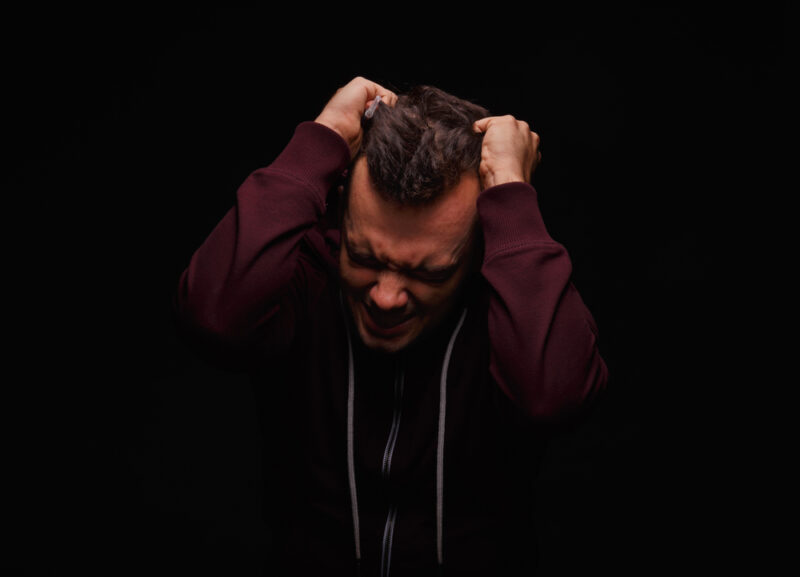Ahmet is a 2nd year college student. He was attending a soccer match with friends one Friday night. He was having a very good time, was relaxed and happy as his team was winning. One of his friends had brought along some alcohol (which can be highly addictive and cause several health problems including liver damage) l. Ahmet was hesitant to try it, but as the evening stretched on and his friends kept insisting, he finally decided to have a drink. Ahmet was amazed at how it made him feel. Everything seemed brighter, even more exciting and he laughed and laughed as he got more intoxicated and out of control. Everyone appeared to respond positively to him; he felt like the life of the party. Immediately, he realized that he really did like how the alcohol enhanced his enjoyment of the evening and made plans to meet with these friends again, hoping that alcohol would be part of future events, even though he knew he should not use it again.
This is the first of two situations where you might be exposed to a substance or alcohol and feel motivated to try it again. Some people might use a substance to make an enjoyable time an even more intense time. If they are doing something that they enjoy, like going to dinner with friends, enjoying a sporting event, or relaxing on vacation, a drink of alcohol may take the pleasurable activity and increase the intensity or pleasure of the event. This enhancement of an experience is very motivating for a person to continue to seek out and use the substance again. For some people, this might not be a problem, but for many people this is dangerous behavior.
Zeynep was so very worried about going to dinner with her extended family. She always felt anxious and like everyone was watching her and judging her. She confided her concern to her best friend, Elif. Elif was aware of Zeynep’s anxiety and suggested that Zeynep might want to try diazepine -a controlled substance known as a benzodiazepine which is sometimes used for short term treatment of anxiety which is very addictive. Zeynep was desperate and Elif assured her that she could get a couple of pills from Elif’s grandmother. The afternoon before the dinner, Zeynep took ½ of a tablet and within a few minutes felt a feeling of calm sweep over her. She had never felt so relaxed before. Even though she was dreading the dinner, with the diazepine, she was able to attend without worry or fear. To Zeynep, this seemed ideal, but soon she found she must take more and more of the medication to feel the effect. This began for her, a long struggle with inappropriately self-medicating her anxiety with a medication which is highly addictive and has a dangerous withdrawal syndrome.

The second most common reason to use a substance is to make an intolerable situation, at least tolerable. Let’s say, like in the above example, the person may be going to an event with friends, but they are shy or feel very anxious about going out in public. They may stumble upon the fact that if they have smoked some marijuana, they feel more relaxed and at ease. Soon they learn that they will feel better if they use a substance or take a drink, they will then be less fearful and more able to function and get through the social or business event.
The unfortunate truth is, at least in the beginning, they do feel better and enjoy themselves more. If you cannot sleep, then take medication to help you sleep. If you are having pain, then take a pill for pain; feel upset then have a drink or take the benzodiazepine to calm down; the substances help, but only in the beginning. Very often, a person might need to use more and more of the substances to get the same effect. This is where the trouble can start. We call this phenomenon: tolerance. Zeynep may need to now take a whole pill, or several pills to get the feeling of being calm. Ahmet will now have to drink 2-3 drinks to get the same effect that he had when he first had a drink at the soccer match.
Interestingly, your brain may start to become obsessed with thoughts about using the substance again and again. Things in your environment might “trigger” you to think about the substance and you find yourself really wanting to take the pill or have the drink. We call these feelings and urges: cravings. An example: you are walking down the street and suddenly you smell the wonderful odor of fresh cookies. You are not even hungry, but now you find yourself thinking about stopping and getting a cookie. The smell triggered you to think about cookies and now you are “craving” cookies. If the cravings are strong even, a cookie will be in your hand very soon. If you are now craving cocaine or methamphetamine, you put yourself in danger, legally, physically, emotionally, financially, and with your relationships.
Another problem sometimes happens, depending on the type of medication, drug, or alcohol the person has been using and how often they use it, when they try to stop, they begin to struggle with symptoms of withdrawal. The withdrawal symptoms can be mild or very severe. Withdrawal symptoms can be unpleasant, or they may be life threatening, such as withdrawal from alcohol or benzodiazepines. For some substances, the withdrawal can be over in a few days, but others can take weeks to months before the person starts to feel better. Sometimes a person might need a doctor or hospital to help them get through the withdrawal.
Of course, not everyone who uses a substance, takes a drink or medication is going to have a problem with them, but observing your motivation for using them and watching to see if you start to notice tolerance, cravings, or withdrawal may help you understand that you might need to stop using. If the symptoms are severe, or the cravings are intense, please seek help, your life may depend on it.





